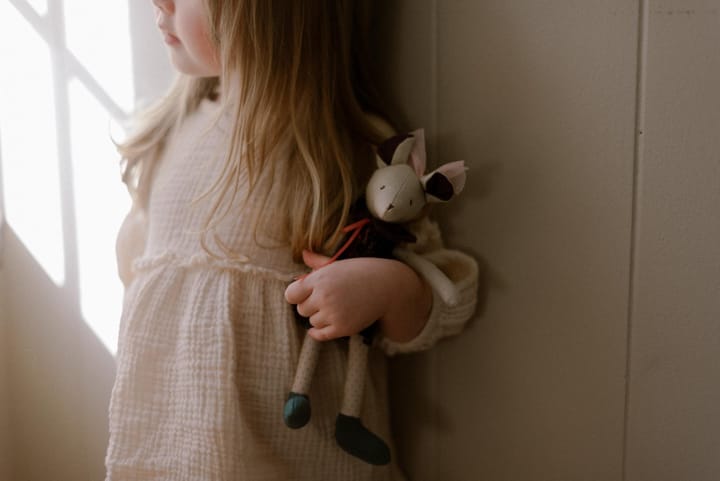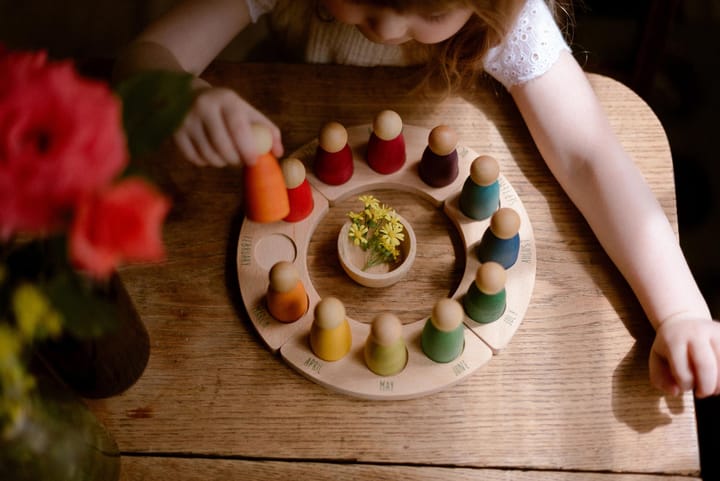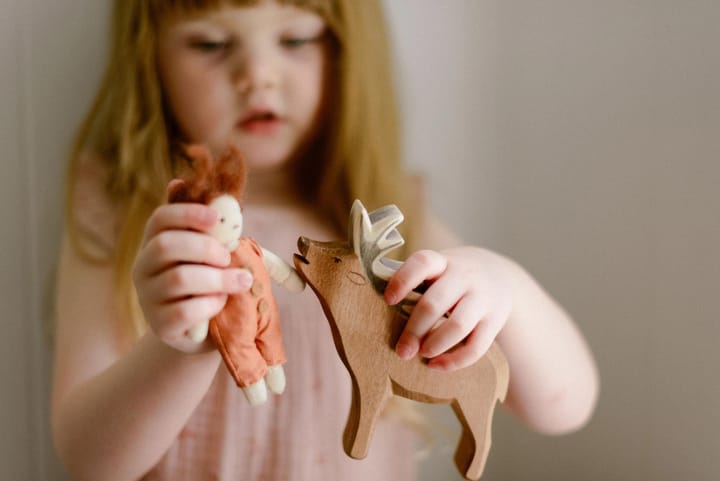Be your own nudge unit
Set up your home to nudge your child into making better play choices, to choose play over screens and to develop independence.

I don't know about you, but I'm tired.
Four children. Working from home. You know how it goes. It’s not even the number of children - you can have one and feel the same way.
No breaks. No fun. Just being ‘on’ 24/7.
Wasn’t having children supposed to be the best time of our lives?
I love my children but being constantly on-call is draining.
I want the best for them, and with my background in teaching I know that I can help. But I also know that I can’t - and shouldn’t - be there all the time for them.
They have to grow, and get out of their comfort zone. Once they do, they realise it feels good to be independent. And I get a well-earned break.
But that’s easier said than done.
The old way of doing things
It’s the half-term holidays here in England. The children are home for a week and they are bored.
As parents, our first instinct is to come up with some ‘activities’ to keep them occupied. These might work, or they might not, but what’s certain is that they’ll take a long time to set up - and to tidy away again. Even if, for a brief moment, the activity catches their attention, and before there’s even been time for the kettle to boil, you’re called back into action when it all starts to fall apart.
A better version of the above is to make a packed lunch and head off to the park or the woods but the age-old problem remains: your presence is essential.
This is the question that occupied my thinking throughout my time at 100 Toys: How do I help children to play more independently so that their parents can have a break?
You see, my preoccupation was with you, not your child.
Actually, I was thinking about myself. I was scratching my own itch.
At first I offered open-ended toys that kept children busy and taught them to play more creatively. Then I created courses that helped parents understand the forces behind their child’s play so that they could design their own activities rather than relying on the ever-unreliable internet.
But that itch kept on itching.
The puzzle was missing a piece.
The big idea
My master’s dissertation was on the Reggio Emilia idea of the environment as the third teacher. It’s the idea that the spaces in which we play can speak. We can be in ‘dialogue’ with them. Change the play space and it changes our play. It’s a powerful concept.
I’d mention it in passing in my blog posts but I never gave it my full attention until this summer when I started to think about how to better help you.
I could talk about how the best preschools set up their spaces to include areas for all kinds of interests from block play to sand and from mark-making to music. Children are free to move from one to the next, staying only for as long as the fun lasts. There’s so much to do that boredom’s impossible.
But who has room for all of that in their home? Not me. And who has the time?
So, good idea, but impossible to implement on a smaller scale.
Or was it?
The power of the nudge
Back in 2010, the British government set up what became known as the ’Nudge Unit’ (named after the book, ‘Nudge’), to apply behavioural science principles to public policy and encourage positive changes in areas like health, education, and financial decision-making.
Initiatives included:
- Putting healthy food at eye level in cafeterias and more people make healthy choices.
- Changing default options in employee pension plans to automatic enrolment significantly increased retirement savings.
- Adding a sentence to appointment reminders saying “Not attending costs the NHS money” reduced no-shows for medical appointments.
Sometimes all it takes is a small nudge to avoid an undesirable outcome, to make the right choice.
Could I somehow apply this to play?
Was it possible to set up the home to nudge children into making better play choices, to choose play over screens and to develop independence?
After working on the problem over the summer, I think it is.
Rather than repeat myself here, I’ll link to the recent Breaking the screen-time habit email in which I give more examples of nudges and how they can be combined with better habits to break the pull of screens and make play the easy and obvious choice.
Read more about nudges, habits and the environment as the third teacher.
Final word
The environment you create for your child is as influential as any lesson you could teach. It’s like an invisible partner in learning, gently guiding them through curiosity, creativity, and self-discovery. By introducing small nudges in the environment, you can make screen-free, self-directed play feel natural, almost inevitable. And by creating screen-free habits, we’re helping our children establish routines that support creativity and resilience, instead of just offering occasional activities.
This isn’t about toy rotation and organised storage boxes. It’s an entirely different way of thinking about play.



Comments ()